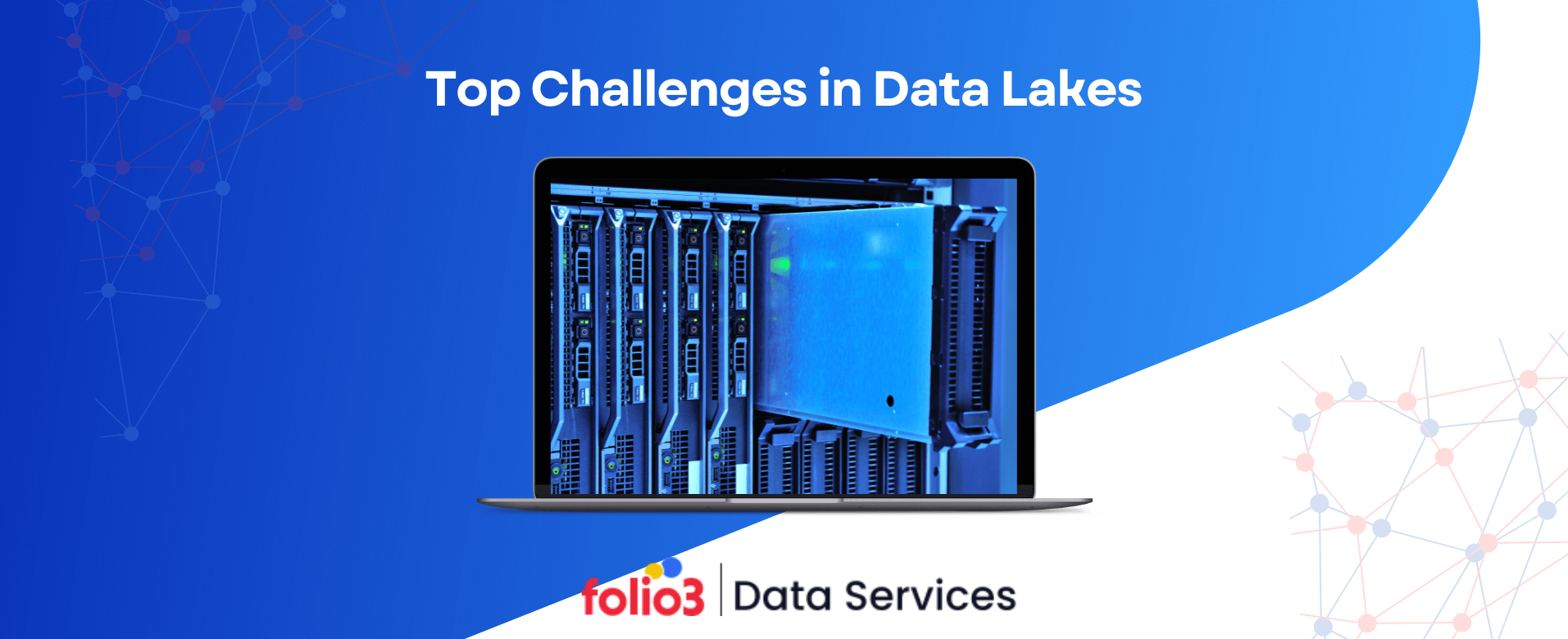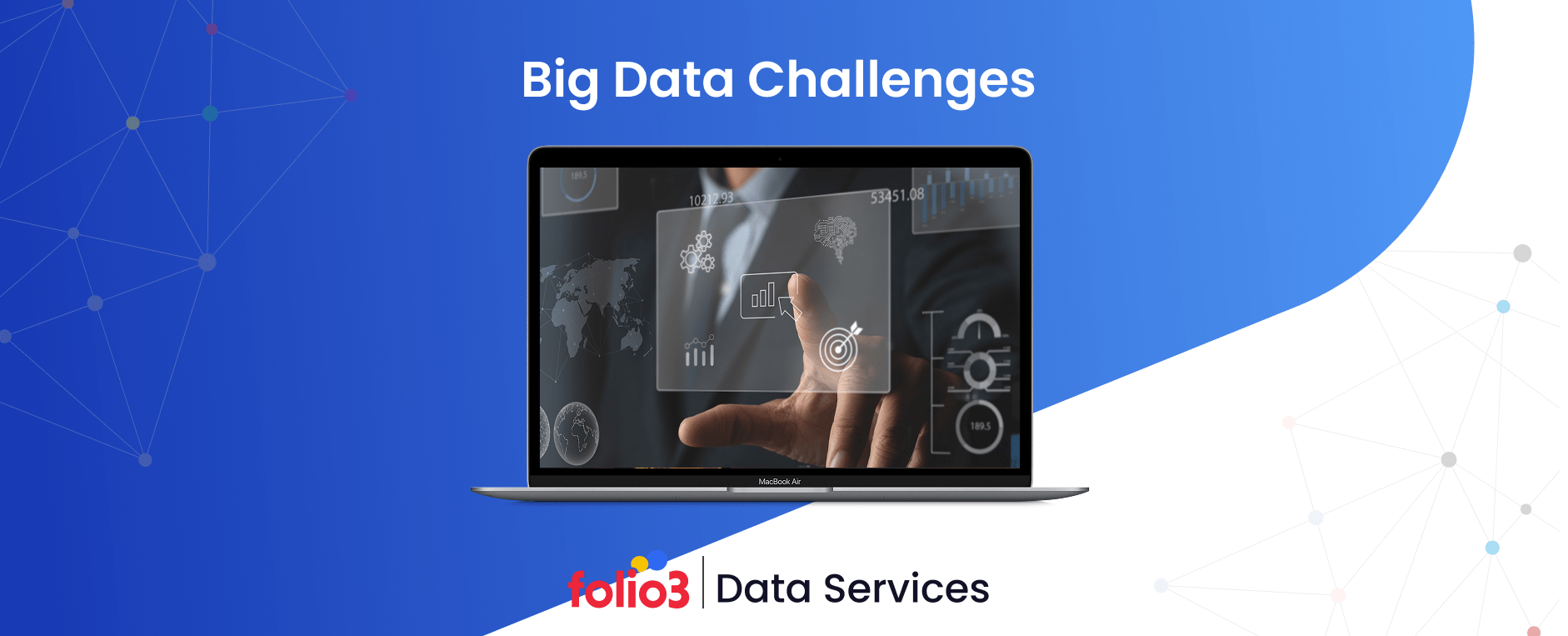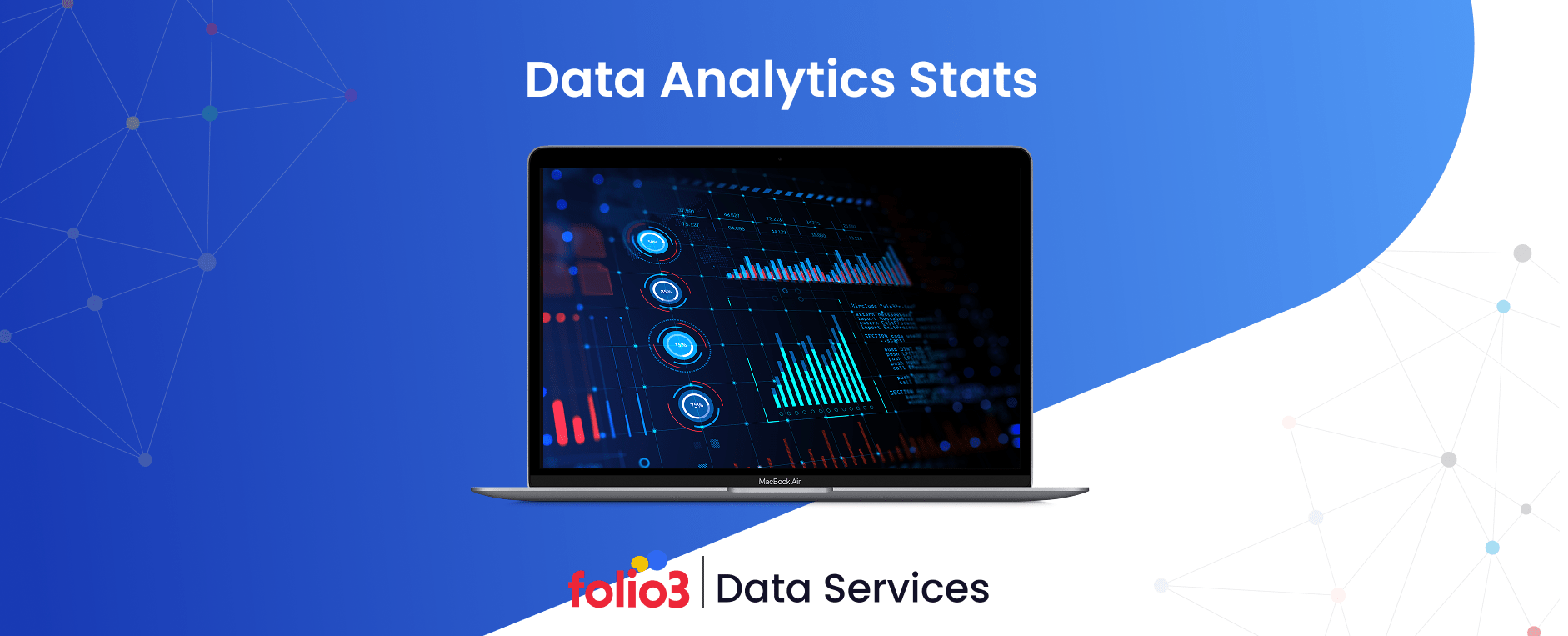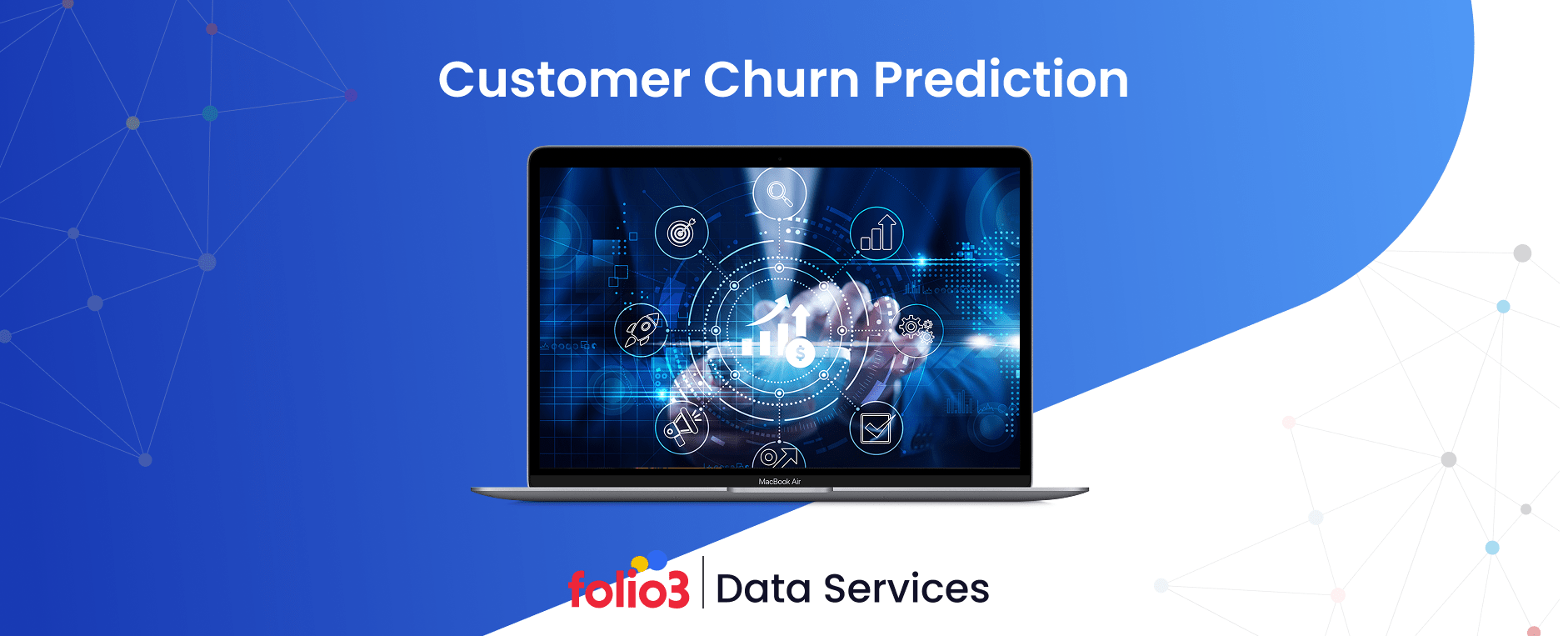Organizations generate and process data at an unprecedented rate. According to a recent IDC report on Forbes, the global data sphere is expected to grow to 175 zettabytes by 2025, with a significant portion being unstructured data. To manage this deluge, data lakes have emerged as a critical component of modern data architecture, offering a centralized repository to store structured, semi-structured, and unstructured data. However, as adoption grows, organizations are increasingly encountering data lake challenges related to scalability, governance, and data quality.
The ability to accommodate diverse data types without strict schema requirements makes them indispensable for advanced analytics, machine learning, and real-time decision-making. Despite their transformative potential, however, they have inherent complexities.
Without proper management, lakes risk devolving into unorganized “data swamps,” making it difficult for businesses to extract value.
Gartner survey reveals that 60% of data lake initiatives fail due to governance, quality, and integration issues, underscoring the need for a strategic approach. However, while data lakes offer immense potential, they also have significant challenges. Mismanagement can lead to a “data swamp,” where the lake becomes an unorganized, underutilized mess.
This article delves into organizations’ key data lake challenges and explores strategies to overcome them.
Key Takeaways
- Data Governance and Quality
- Data Security and Privacy
- Performance Issues
- Scalability and Storage Costs
- Integration with Existing Systems
- Lack of Skilled Resources
- Data Discovery and Cataloging
- Data Redundancy and Duplication
What is a Data Lake?

A data lake is a highly scalable and flexible storage repository designed to hold vast quantities of raw data in its original format, accommodating various types and structures of data. Unlike traditional data warehouses, which require a predefined schema for data organization, data lakes adopt a schema-on-read approach.
Many organizations undertaking data warehouse to data lake migration benefit from this flexibility, as it allows them to store and analyze data without the constraints of rigid schemas.
Top Data Lake Challenges
Data lakes offer unparalleled flexibility and scalability for storing and managing large volumes of raw data. However, their very nature also introduces various challenges that organizations must address to ensure optimal performance, security, and usability.
Below are the most common data lake challenges and actionable data lake strategies for overcoming them.

1. Data Governance and Quality
The Challenge
Data governance is the cornerstone of a functional data lake, ensuring that stored data is accurate, consistent, and accessible to stakeholders across the organization.
However, without effective governance, data lakes can quickly devolve into unmanageable “data swamps,” where poor organization, inconsistencies, and oversight undermine their value.
Here are the key issues that arise from ineffective data governance:
- Data Inconsistencies Across Departments: Disc discrepancies emerge when multiple departments contribute data without standardized formats or validation processes. For instance, one team might store customer data in one format while another uses an entirely different structure. These inconsistencies make it challenging to aggregate and analyze data cohesively, leading to unreliable insights and duplication of efforts.
- Unclear Data Ownership: Accountability diminishes without a clear definition of who owns or manages specific datasets. This lack of clarity can result in outdated or incorrect data persisting within the lake, as no one takes responsibility for ensuring its accuracy or relevance.
- Compliance Challenges: Regulations like the General Data Protection Regulation (GDPR) and the California Consumer Privacy Act (CCPA) impose strict requirements for storing, processing, and accessing data. Poor governance makes it difficult to demonstrate compliance, increasing the risk of audits, fines, and reputational damage.
Solution
To address these issues, organizations need a structured and proactive data governance strategy that ensures data quality, security, and compliance across their entire data ecosystem.
- Establish Clear Policies and Standards: Develop comprehensive data entry, validation, and classification guidelines. These policies should outline the acceptable formats, required metadata, and protocols for data updates. Standardize naming conventions, file formats, and metadata attributes to ensure uniformity across datasets.
- Assign Data Stewards: Appoint dedicated data stewards or managers for each dataset. These individuals are responsible for maintaining data quality, resolving discrepancies, and ensuring compliance with governance policies.
- Implement Automated Data Quality Tools: Use tools that automatically detect and rectify anomalies, such as duplicate records, missing values, or inconsistent formats. These tools can significantly reduce manual effort and improve overall data quality.
- Adopt a Centralized Governance Framework: Create a centralized framework to oversee all data governance activities. This framework should define roles, responsibilities, and workflows to prevent siloed approaches and ensure consistency across the organization.
2. Data Security and Privacy
The Challenge
Data lakes are repositories for vast amounts of diverse data, including sensitive information such as customer records, financial transactions, intellectual property, and operational metrics. While flexible, their open and scalable data lake architecture makes them a prime target for cyberattacks.
Organizations risk data breaches, unauthorized access, and regulatory non-compliance without adequate security measures, leading to significant financial and reputational harm.
Key security and privacy challenges include:
- Unauthorized Access Due to Inadequate Access Controls: Data lakes often allow multiple users to access and interact with the stored data. Weak or poorly configured access controls can expose sensitive information to unauthorized users. This issue is exacerbated when organizations fail to implement role-based access controls (RBAC) or granular permissions tailored to individual users or teams.
- Breaches Stemming from Weak Encryption Methods: Storing unencrypted or poorly encrypted data leaves organizations vulnerable to cyberattacks, such as ransomware or data theft. Attackers can exploit these vulnerabilities to steal or manipulate data, leading to compromised operations and compliance violations.
- Compliance Risks Related to Privacy Regulations: Laws like GDPR, CCPA, and HIPAA mandate stringent data protection and privacy practices. Non-compliance due to lax security protocols can result in hefty fines, legal action, and erosion of customer trust. For example, failure to anonymize or protect personally identifiable information (PII) can have severe regulatory consequences.
Solution
To mitigate these challenges, organizations must adopt a multi-layered approach to security and privacy:
- Implement Robust Access Controls: Use role-based access control (RBAC) to ensure that users can only access the data relevant to their roles. Enforce multi-factor authentication (MFA) for all users accessing the data lake, adding an additional layer of security. Regularly audit access permissions to identify and remove unused or excessive privileges.
- Strengthen Encryption Protocols: Encrypt data at rest and in transit using advanced encryption standards (AES-256 or higher). Rotate encryption keys regularly and implement key management solutions to prevent unauthorized access. Use secure transmission protocols like TLS (Transport Layer Security) for all data transfers.
- Ensure Compliance with Privacy Regulations: Implement data masking and anonymization techniques to protect sensitive information from unauthorized viewing. Maintain detailed audit trails and activity logs to demonstrate compliance during regulatory inspections.

3. Performance Issues
The Challenge
As data lakes expand, they must efficiently process increasingly vast and diverse datasets. This growth can lead to significant performance bottlenecks, impacting query execution, data retrieval, and real-time analytics.
Without optimized performance, businesses face delays in generating insights, hindering decision-making and operational agility.
Key performance challenges include:
- Slow Query Execution Due to Unoptimized Storage Structures: Data lakes often store raw data in its native format, which, while flexible, may not be structured for efficient querying. Running analytics on such data can result in slow response times, especially when dealing with large datasets.
- Inefficient Data Retrieval Mechanisms: Poorly designed retrieval processes, such as scanning entire datasets to extract specific information, can significantly slow down operations. This inefficiency is particularly evident when handling semi-structured or unstructured data.
- Increased Latency in Real-Time Analytics: Processing streams of real-time data alongside historical datasets can lead to latency, making it difficult for businesses to act promptly on emerging trends or anomalies.
Solution
Overcoming these performance challenges requires a combination of architectural improvements and strategic optimizations:
- Optimize Storage Structures: Organize data using columnar storage formats like Apache Parquet or ORC, which are well-suited for analytical queries. Implement data lake optimization frameworks like Delta Lake or Apache Hudi to manage data versions and accelerate query performance.
- Implement Efficient Indexing: Create indexes on frequently queried columns to reduce the time required for data retrieval. Use data partitioning strategies to divide datasets into manageable chunks based on specific criteria, such as date ranges or geographic regions.
- Invest in Query Optimization Tools. Use query optimization techniques like predicate pushdown and query pruning to reduce the scope of data scanned during analysis. Adopt tools like Apache Spark or Presto for distributed query execution, which improves performance on large-scale data processing tasks.
4. Scalability and Storage Costs
The Challenge
Data lakes must handle exponential data growth without sacrificing performance or incurring excessive costs. As data volumes expand, organizations face rising storage expenses and performance degradation, making maintaining operational efficiency and cost-effectiveness challenging.
Key scalability and cost challenges include:
- High Storage Expenses for Massive Datasets: Storing large volumes of data, including raw and historical records, can lead to significant expenses, particularly with on-premises infrastructure.
- Performance Degradation as Data Volumes Expand: Increased data size can overwhelm existing storage and processing capabilities, resulting in slower query execution, higher latency, and resource exhaustion.
Solution
To address scalability and storage cost challenges, organizations should use modern cloud-based technologies, such as cloud data lakes consulting services, and efficient data management strategies:
- Utilize Cloud-Based Storage Solutions: Adopt scalable and cost-efficient cloud platforms like AWS S3, Azure Data Lake Storage, or Google Cloud Storage. These services provide flexible pricing models, allowing businesses to pay only for the storage they use.
- Implement Compression and Deduplication Techniques: Use data compression methods to reduce storage space without sacrificing data integrity. Deduplicate datasets to eliminate redundant records, minimizing storage requirements.
- Optimize Data Lifecycle Management: Establish policies to automatically archive, delete, or move older data to cheaper storage tiers. For seamless implementation, use automated tools like AWS S3 Lifecycle Policies or Azure Blob Storage Lifecycle Management.
5. Integration with Existing Systems
The Challenge
Integrating data lakes into an organization’s existing infrastructure is a critical step toward unlocking the full potential of big data. However, this process is not without its hurdles. Legacy systems, often built on outdated technologies, struggle to connect with modern data lakes seamlessly. Leveraging data integration consulting can help overcome these challenges and ensure a smooth integration process.
Key integration with existing systems challenges include:
- Compatibility Problems with Legacy Systems: Legacy systems often rely on outdated technologies and architectures, making integrating with modern data lakes complex. These systems may lack the necessary connectors or APIs, creating bottlenecks and requiring costly custom solutions to bridge the gap between new and old infrastructure.
- Inconsistent Data Formats: Data lakes collect information from diverse sources, including structured databases, semi-structured logs, and unstructured multimedia. The lack of standardization in data formats can lead to processing inefficiencies, errors during data ingestion, and difficulties in ensuring data consistency across the ecosystem.
Solution
- Implement Robust APIs for Interoperability: Develop and use application programming interfaces (APIs) to bridge the gap between legacy systems and modern data lakes. APIs allow data exchange between disparate systems while ensuring compatibility and minimizing disruptions.
- Adopt Standardized Data Formats: To streamline data integration, use standard, interoperable data formats such as JSON, CSV, or Apache Avro. Standardized formats reduce complexity and ensure data compatibility across different systems, facilitating smoother integration processes.
6. Lack of Skilled Resources
The Challenge
Organizations implementing data lakes often face a significant challenge in acquiring and retaining the specialized talent necessary to manage and optimize these complex systems. A data lake involves handling massive amounts of raw and structured data, requiring expertise in various fields, from big data technologies to security and governance.
A shortage of professionals with the right skills can slow down data lake deployment, maintenance, and optimization efforts, potentially hindering the organization’s ability to use its data assets fully.
Key challenges related to the lack of skilled resources include:
- Big Data Technology Expertise: Managing data lakes requires proficiency in advanced big data technologies like Hadoop, Spark, and other distributed computing frameworks. These platforms are essential for processing vast amounts of data at scale but come with a steep learning curve.
- Data Governance and Compliance: Maintaining proper governance frameworks becomes crucial as organizations store more data. This includes managing data quality, ensuring compliance with regulatory requirements (e.g., GDPR and CCPA), and establishing proper access controls. Skilled resources are needed to design and implement data governance policies that ensure data security, privacy, and accuracy across all systems and users.
- Security and Privacy Risks: Data lakes often contain sensitive information, making data security a top concern. Security experts must implement robust security measures, such as encryption, access management, and auditing, to prevent data breaches and ensure compliance with industry regulations. The lack of professionals with the right cybersecurity skills increases the risk of data vulnerabilities.
Solution
To overcome the shortage of skilled professionals, organizations can adopt several strategies:
- Invest in Employee Training and Upskilling: Organizations can address skill gaps by investing in continuous learning and development programs for their existing employees. Collaborative learning environments, mentorship programs, and hands-on projects can accelerate skill development.
- Use Managed Services and Data Consultants: Organizations without the resources or time to build an in-house team of data experts can use managed services or external consultants to bridge the skills gap. Managed service providers specialize in data lake management and can offer end-to-end data integration, governance, and security solutions.
7. Data Discovery and Cataloging
The Challenge
Data lakes often store vast amounts of unstructured, semi-structured, and structured data from various sources. While this diversity of data is a strength, it can also lead to significant challenges when managing and discovering relevant datasets.
Without proper cataloging and data discovery practices, data lakes can become overwhelming, and finding specific data becomes time-consuming and inefficient. This can hamper decision-making and hinder the ability to fully use the data’s potential.
Key challenges related to data discovery and cataloging include:
- Lack of Metadata to Describe Data Attributes: In a data lake, raw data is often stored without sufficient metadata to describe its attributes, origin, or context. Without explicit metadata, it becomes difficult for users to understand what each dataset contains, how it can be used, or where it came from. This lack of clarity can result in data confusion, errors in data processing, and difficulty in identifying high-quality, relevant data for analysis.
- Difficulty Locating Specific Datasets: As data lakes grow, so does the difficulty of locating specific datasets. Users may struggle to search for and retrieve the needed data because of inconsistent naming conventions, incomplete descriptions, or poorly organized storage systems. Without an effective data discovery mechanism, valuable insights could be overlooked simply because the necessary datasets remain buried within the lake.
Solution
To address these data discovery and cataloging challenges, organizations should implement tools and processes that make data more organized, searchable, and usable:
- Implement a Robust Data Cataloging Tool: A dedicated data cataloging tool is essential for providing structure and context to the data stored in a data lake. Tools like Apache Atlas, AWS Glue, or Alation can automatically generate metadata, organize datasets, and make data searchable across the lake.
- Use Metadata Management: Metadata management ensures that every dataset has a precise definition, making it easier for users to locate and understand the data they are working with. Integrating metadata management tools with existing data lake systems can automate the collection and cataloging of metadata, reducing manual effort and improving data quality.
- Enable Data Search and Discovery Features: Incorporating advanced search and discovery features within data lakes is crucial for improving data accessibility. These features allow users to search for data based on keywords, tags, or metadata attributes.
8. Data Redundancy and Duplication
The Challenge
Data redundancy and duplication are prevalent challenges in data lakes, often arising due to multiple data sources and frequent updates. When the same data is stored multiple times, it can lead to various operational and financial issues. Here’s how data duplication can affect data lakes:
- Increased Storage Costs: Storing the same data multiple times consumes valuable storage space and drives up operational costs, especially when dealing with large-scale data sets. This can significantly impact an organization’s budget for cloud storage or on-premise storage infrastructure.
- Difficulty Maintaining Data Accuracy: Duplicate data can lead to inconsistencies. If updates or changes are made to one instance of the data but not the others, this can lead to discrepancies, reducing the overall quality and trustworthiness of the data. This can compromise decision-making processes that rely on accurate, up-to-date information.
Solution
To address these issues, organizations can implement a range of solutions that focus on preventing and managing data redundancy:
- Automating Data Deduplication: Automating data deduplication processes to identify and remove duplicate data can significantly streamline data management. These processes can be integrated into data ingestion pipelines, supported by analytics pipeline services, to prevent redundancy at the point of data entry. This reduces manual intervention and ensures that the data stored in the system remains unique.
- Data Version Control: Implementing a data version control system can help track changes and maintain consistency across different data sets. By versioning data, organizations can quickly identify which version of a dataset is the most recent and relevant, reducing confusion caused by outdated or redundant data. This also provides a clear history of changes, making auditing and maintaining data integrity easier over time.

Final Words
Data lakes have tremendous potential for unlocking insights and driving innovation, but they require meticulous management to avoid costly, unmanageable “data swamps.” By addressing challenges such as governance, security, scalability, and skills gaps, organizations can fully harness the power of data lakes to support their strategic goals.
Folio3’s data engineering consulting expertise ensures that businesses can overcome these challenges effectively. Contact us today to learn how we can help you build and maintain a high-performing data lake tailored to your needs.





